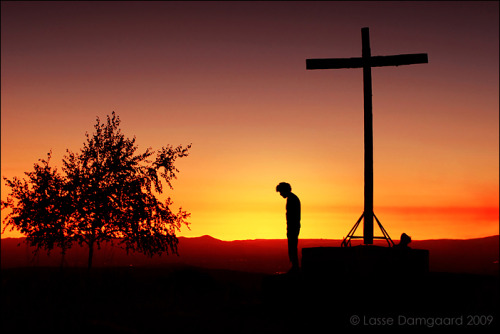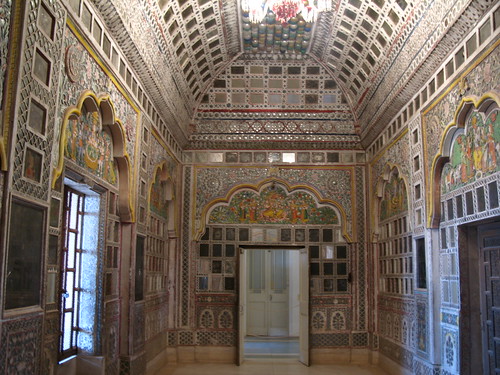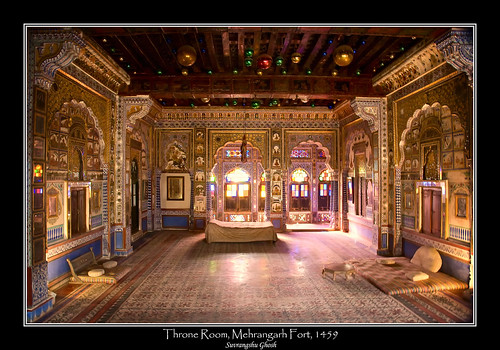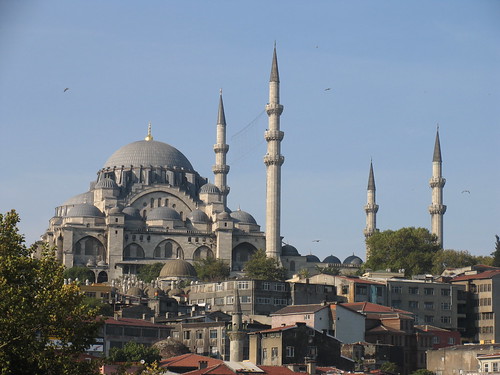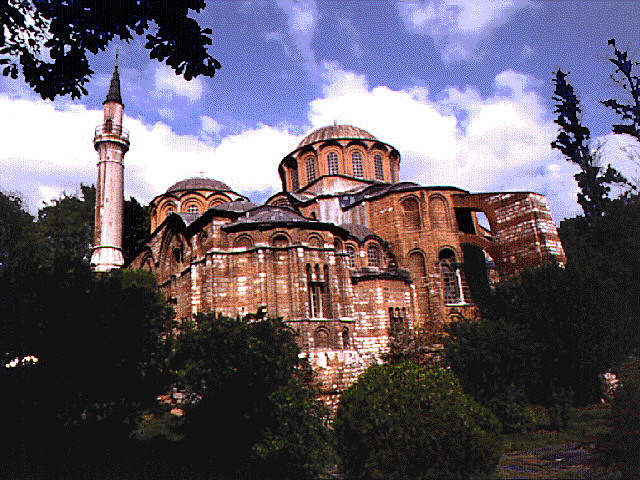So ‘The Orion Mystery’. The bottom line is that the constellation of Orion has its own perfect replica on earth -the Giza pyramid complex. To be a little more accurate I need to point out that the Orion Correlation theory connects Orion’s belt with the layout of the three main pyramids in the Giza necropolis. Furthermore, there is a speculation that the Great Sphinx’s shape is a reference to the constellation of Leo and that Nile represents the Milky way.
As I said – I love that book.
Actually because of it I made my husband take me to Egypt. It is a great travel destination no doubt. I wanted to go there and see if for myself. I’ve been there 3 times now and each of them has been a whole different experience. Personally I’m in love with Aswan. Extremely overcrowded of course…
Going down the Nile on a felucca was really nice. It didn’t even bother me not having a shower in 2 days. The only thing that did bother me was that we had accommodation problems because of the last minute bookings. The second time I got smarter and called to confirm our reservation before leaving London( I used a call service that provides cheap calls to Egypt ). I love the smell of the desert carried by the hot khamsin. I can smell it now too while turning the pages of my old copy of ‘The Orion Mystery’. It might be just me, my imagination playing mind games or maybe the ancient sand stuck between the pages really carries a smell. The smell of eternity.
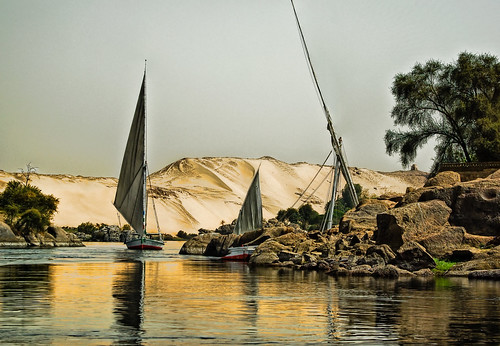 | ||||
| feluccas |
| eternity |















